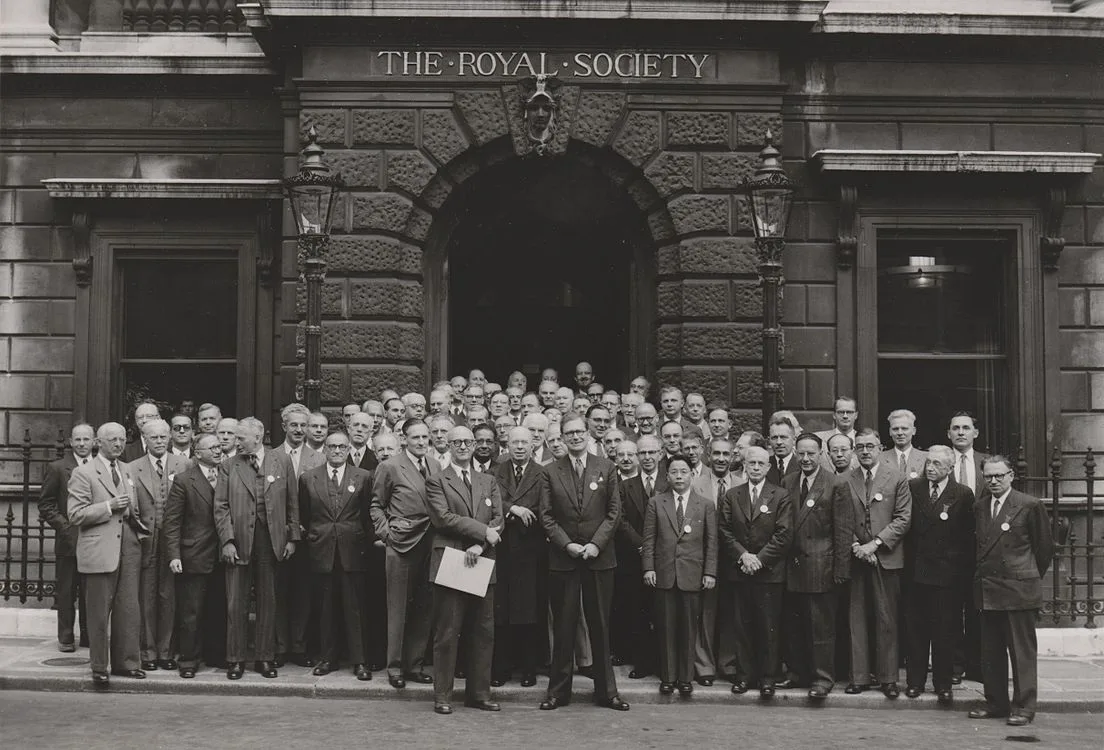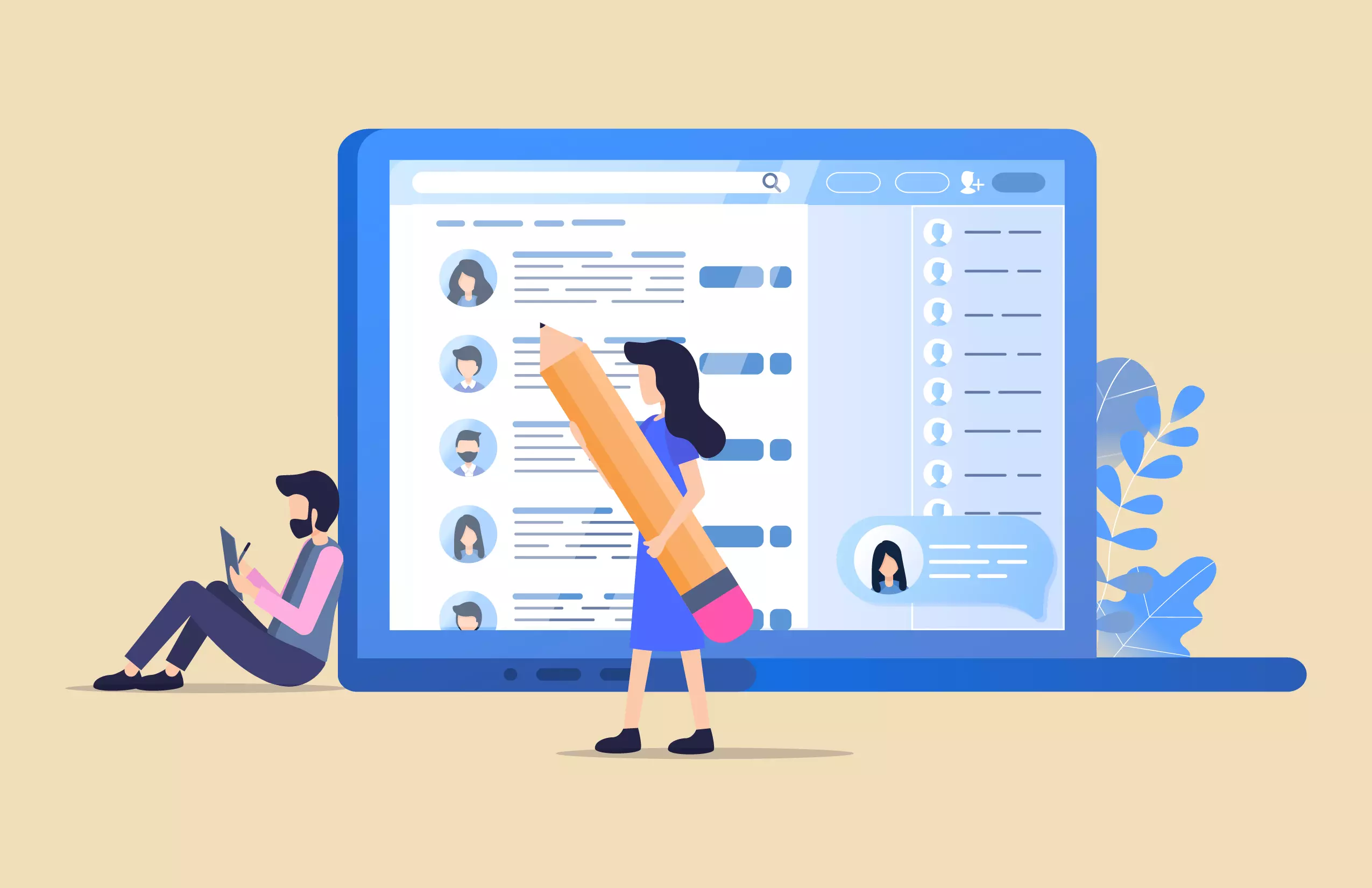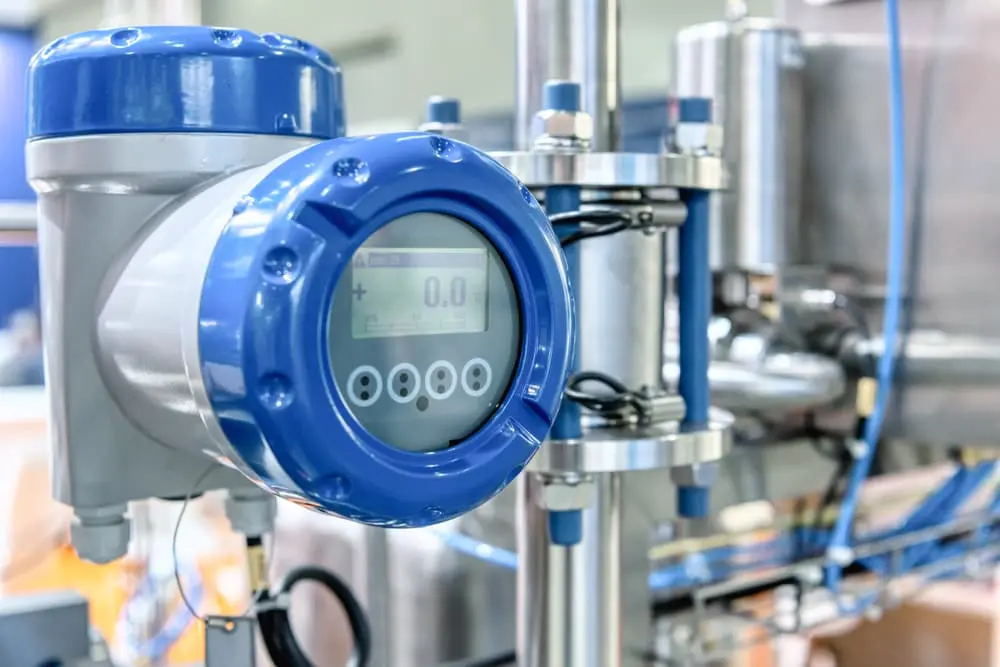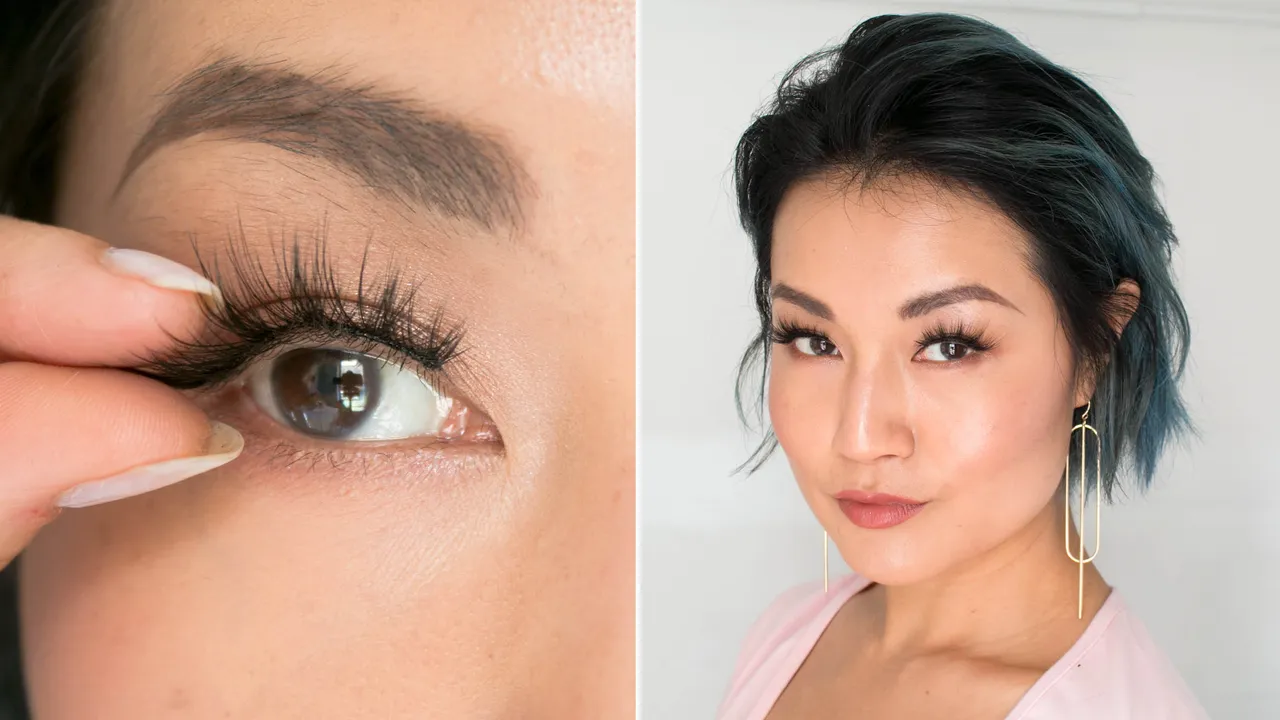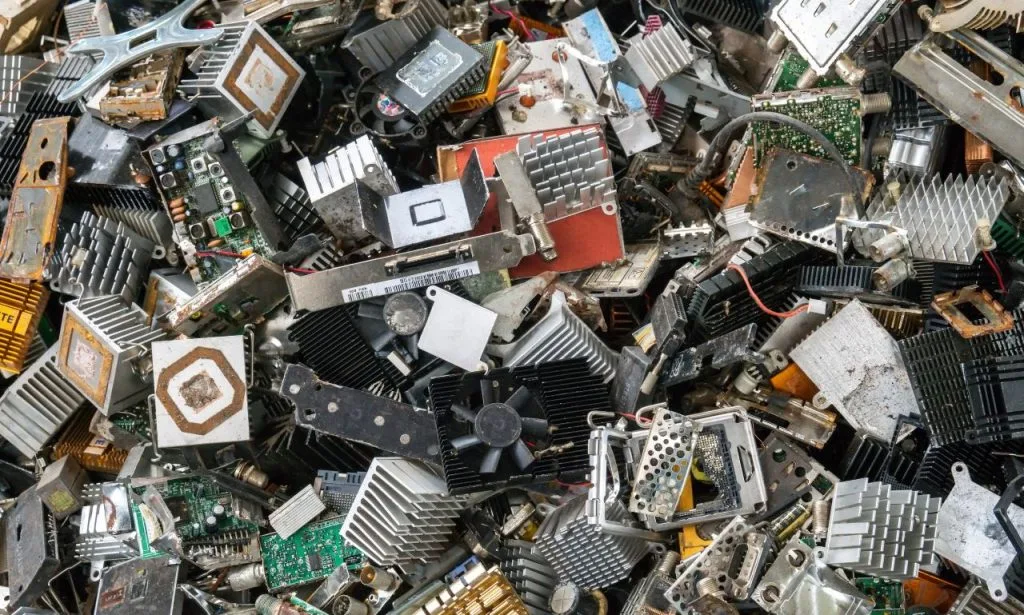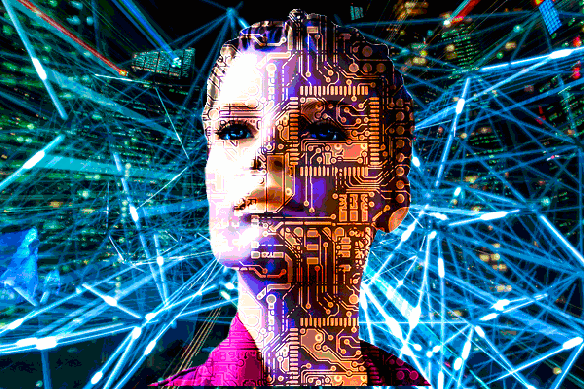
Artificial Intelligence (AI) has increasingly infiltrated numerous aspects of our lives, revolutionizing industries from healthcare to transportation. One area where its presence is particularly intriguing is in the realm of art. The question arises: Can AI make art? This query delves into the intersection of human creativity and machine intelligence, sparking debates among artists, technologists, and philosophers alike.
Traditionally, art has been seen as a uniquely human endeavor, rooted in emotions, experiences, and subjective interpretations of the world. It encompasses a broad spectrum of mediums, including painting, sculpture, music, literature, and performance, each reflecting the artist’s vision, skill, and imagination. Can machines, devoid of consciousness and emotions, truly create art that resonates with audiences on a profound level?
Advancements in AI, particularly in the field of machine learning and deep learning, have led to the emergence of computational creativity. AI systems can now generate artworks, compose music, write poetry, and even produce literature. These creations often blur the lines between human and machine authorship, challenging our conventional notions of creativity and artistic expression.
One prominent example of AI-generated art is the work produced by generative adversarial networks (GANs). GANs consist of two neural networks, a generator and a discriminator, engaged in a competitive process to generate and evaluate images. Through iterative training, GANs can produce visually stunning and conceptually intriguing artworks, ranging from paintings to digital sculptures.
Another approach involves using recurrent neural networks (RNNs) to analyze vast datasets of artistic works and then generate new pieces based on learned patterns and styles. These AI systems can mimic the brushstrokes of famous painters, compose music reminiscent of classical composers, or even write poetry in the style of renowned poets.
Proponents of AI-generated art argue that these creations expand the boundaries of artistic expression, offering new perspectives and pushing the limits of human imagination. They emphasize the collaborative potential between artists and machines, where AI serves as a tool or muse for human creativity. Moreover, AI-generated art can democratize access to art creation, enabling individuals with limited artistic skills to express themselves creatively.
However, skeptics raise concerns about the authenticity and originality of AI-generated art. They argue that while these creations may possess technical proficiency, they lack the depth, meaning, and emotional resonance inherent in human-made art. AI, they contend, cannot capture the lived experiences, cultural contexts, and existential dilemmas that shape human creativity. Moreover, there are ethical considerations surrounding the role of AI in art, including issues of authorship, ownership, and cultural appropriation.
Furthermore, the rise of AI-generated art raises existential questions about the nature of creativity and the essence of art itself. If creativity can be algorithmically replicated, does it diminish the significance of human creativity? Can AI-generated art be considered authentic expressions of consciousness, or are they merely simulations of creativity?
Ultimately, the debate over whether AI can make art is as much philosophical as it is technological. While AI has demonstrated remarkable capabilities in producing aesthetically pleasing and conceptually intriguing artworks, the essence of art transcends mere aesthetics. It encompasses the human experience—our emotions, aspirations, struggles, and triumphs—that cannot be replicated by machines.
In this ongoing dialogue between human creativity and machine intelligence, perhaps the most profound insight is the recognition of the symbiotic relationship between the two. Rather than viewing AI as a threat to human creativity, we can embrace it as a collaborator, a catalyst for innovation, and a mirror that reflects the complexities of our own creative processes. As we navigate this ever-evolving landscape, one thing remains certain: the pursuit of art, whether by human hands or AI algorithms, continues to inspire, provoke, and enrich our lives.

